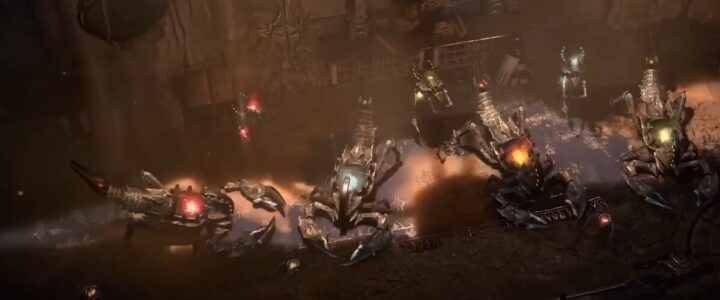Upon reading the latest Season 3 patch notes for Diablo 4, a sense of neither excitement nor disappointment emerged. While the update brings certain adjustments, the changes for the Sorcerer class appear to be the least captivating compared to other classes. This analysis delves into key observations, including potential improvements and areas of concern for Sorcerers in the upcoming season.
1, Sorcerer’s Modest Changes:
Examining the extensive list of patch notes, it becomes apparent that Sorcerers have received comparatively fewer alterations when juxtaposed with other classes. The interpretation could be twofold: either Sorcerers are currently in a balanced state, or developers are grappling with how to enhance the class further.
2, Theoretical Edge for Fire and Conjuration:
In theory, Season 3 suggests that Fire and Conjuration may hold an advantage. However, past experiences from Season 2 remind players that theory doesn’t always align with practice. Despite expectations of dominance for Damage over Time (DoT) and Conjuration in Season 2, Ball Lightning overshadowed these choices. The question arises: Will Fire and Conjuration truly shine in Season 3, or will practical gameplay unfold differently?
3, Nerf to Ball Lightning:
The anticipated nerf to Ball Lightning is confirmed in the patch notes. While seasoned players might not find this surprising, it emphasizes the developers’ commitment to balancing gameplay by addressing overpowered skills.
4, Reassessment of Searing Heat and Burning Instinct:
The acknowledgment that Searing Heat and Burning Instinct did not perform as expected sheds light on players’ prior complaints about these Paragon nodes. The hope is that the adjustments made will have a meaningful impact, although skepticism persists based on historical experiences.
5, Conflicting Buffs for Vulnerable:
Curiously, there are buffs to Vulnerable with Lightning Spear and Ice Blades, even though Season 2 aimed to diminish the impact of Vulnerable. While this may benefit Conjuration, the excitement is tempered by the fact that the Ice Blades buff occupies an aspect slot, potentially limiting build diversity.
6, Meteor Focus and the Exclusion of Other Fire Skills:
A significant emphasis on Meteor raises questions about the exclusion of other Fire skills. The patch notes highlight Meteor’s unique qualities and damage buffs, leaving players curious about the fate of skills like Incinerate and Firewall. The selective focus on Meteor may impact build diversity within the Fire specialization.
7, The Appeal of Guaranteed 925 Item Drop:
Arguably the most appealing change is the introduction of a guaranteed 925 item drop from running Nightmare 90+s. However, the unfortunate aspect is that players are still confined to facing Duriel for obtaining Uber uniques. This creates a disparity between less challenging yet tedious content and more engaging, challenging content.
Conclusion:
The Season 3 patch notes for Sorcerers present a mixed bag of modest changes, potential improvements, and lingering concerns. While certain adjustments aim to address previous issues, the overall impact on the class remains uncertain. The guaranteed 925 item drop offers a glimmer of appeal, but the persistent reliance on Duriel for Uber uniques raises questions about the balance between challenge and reward.
The new season has been released, Diablo 4 Gold, Items, and more service from mmoexp.com, You can get 5% off from us, hope you have a good time.


